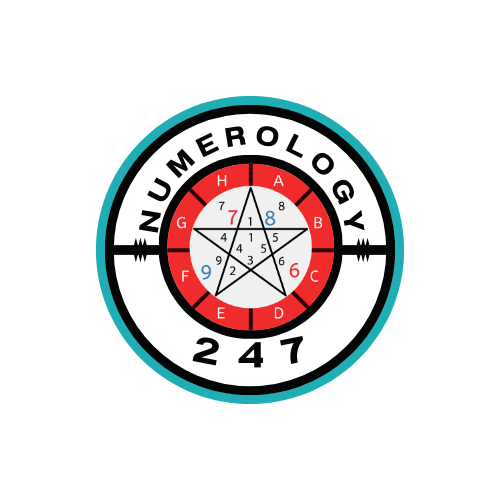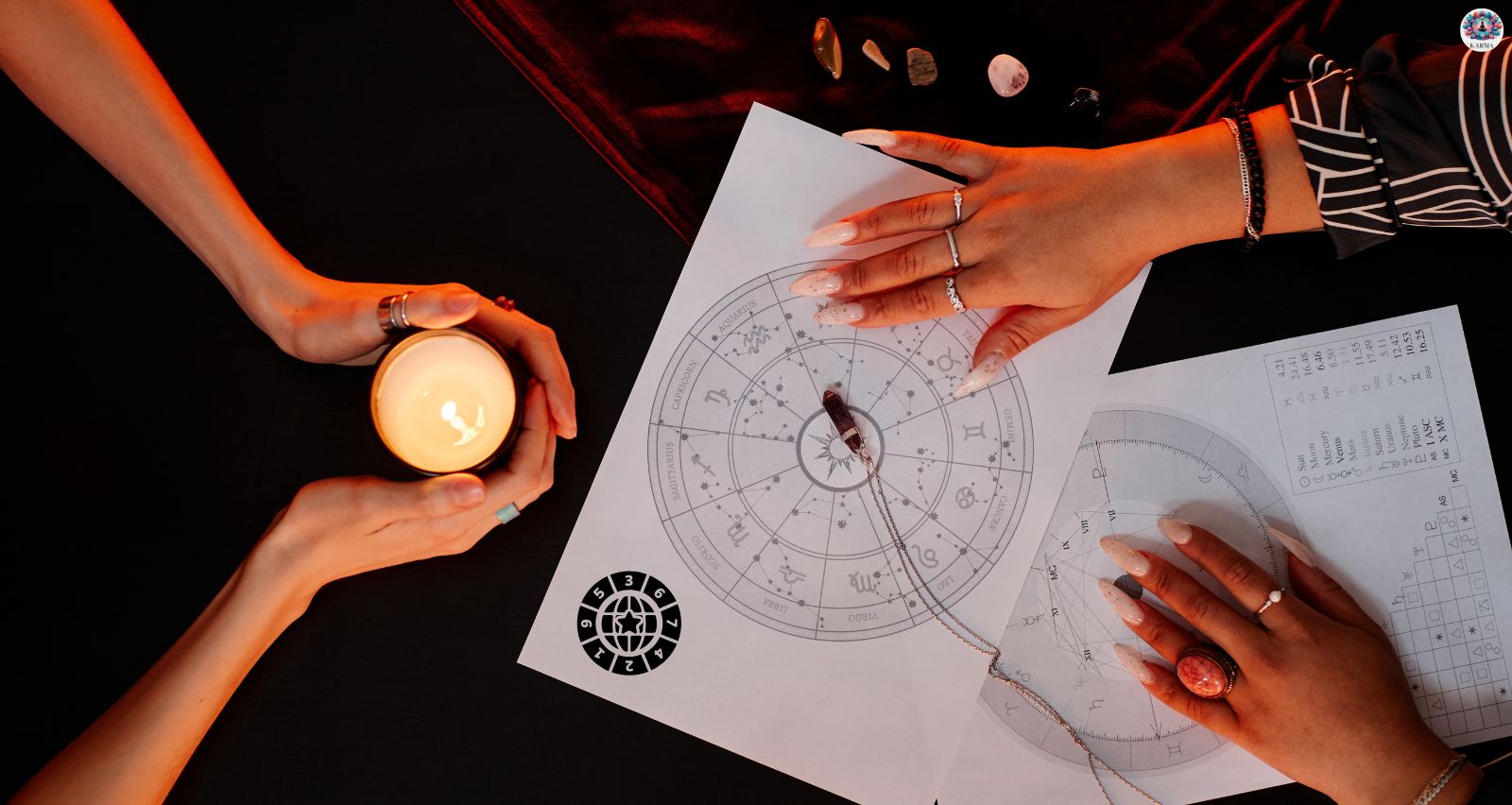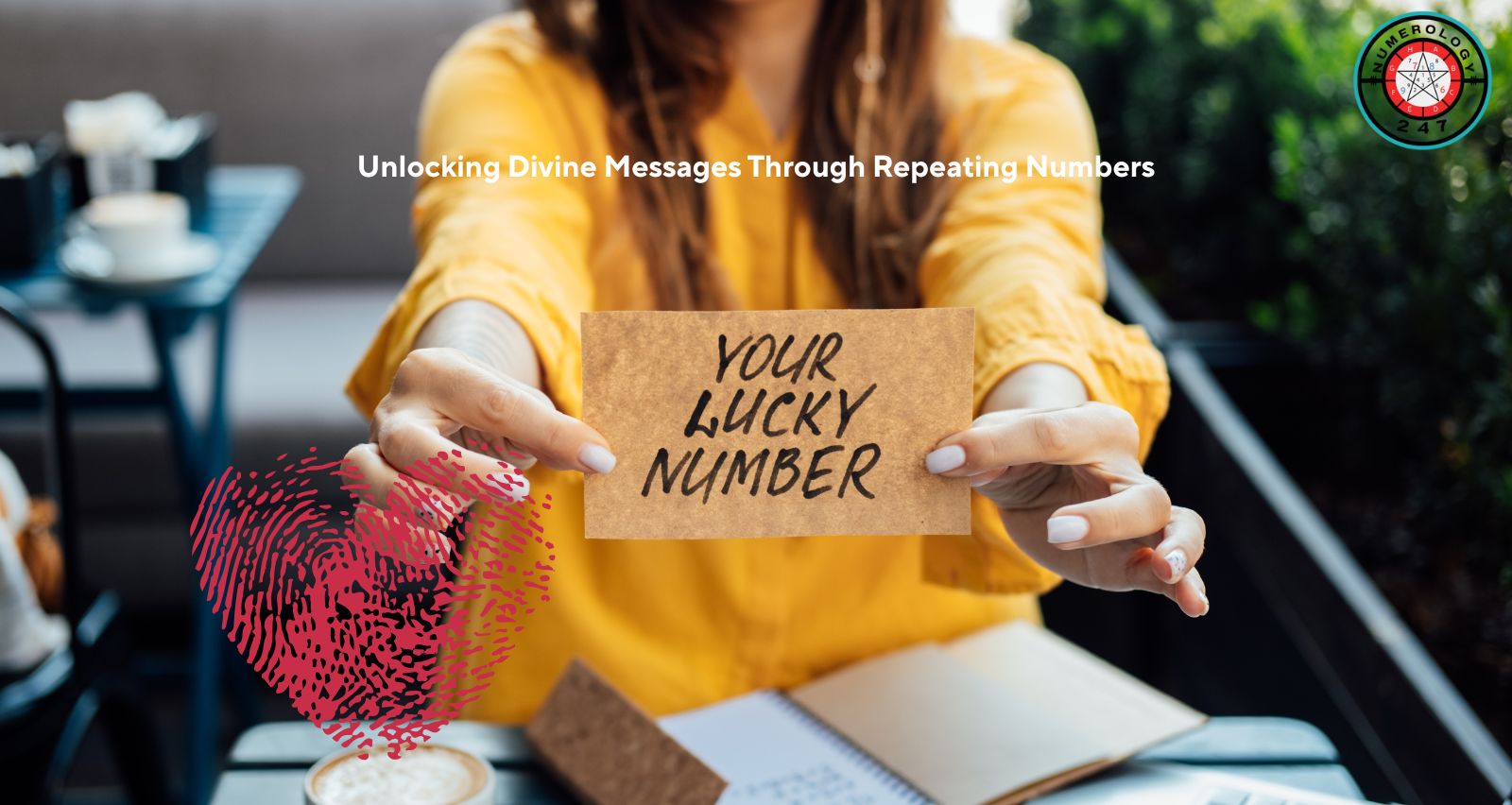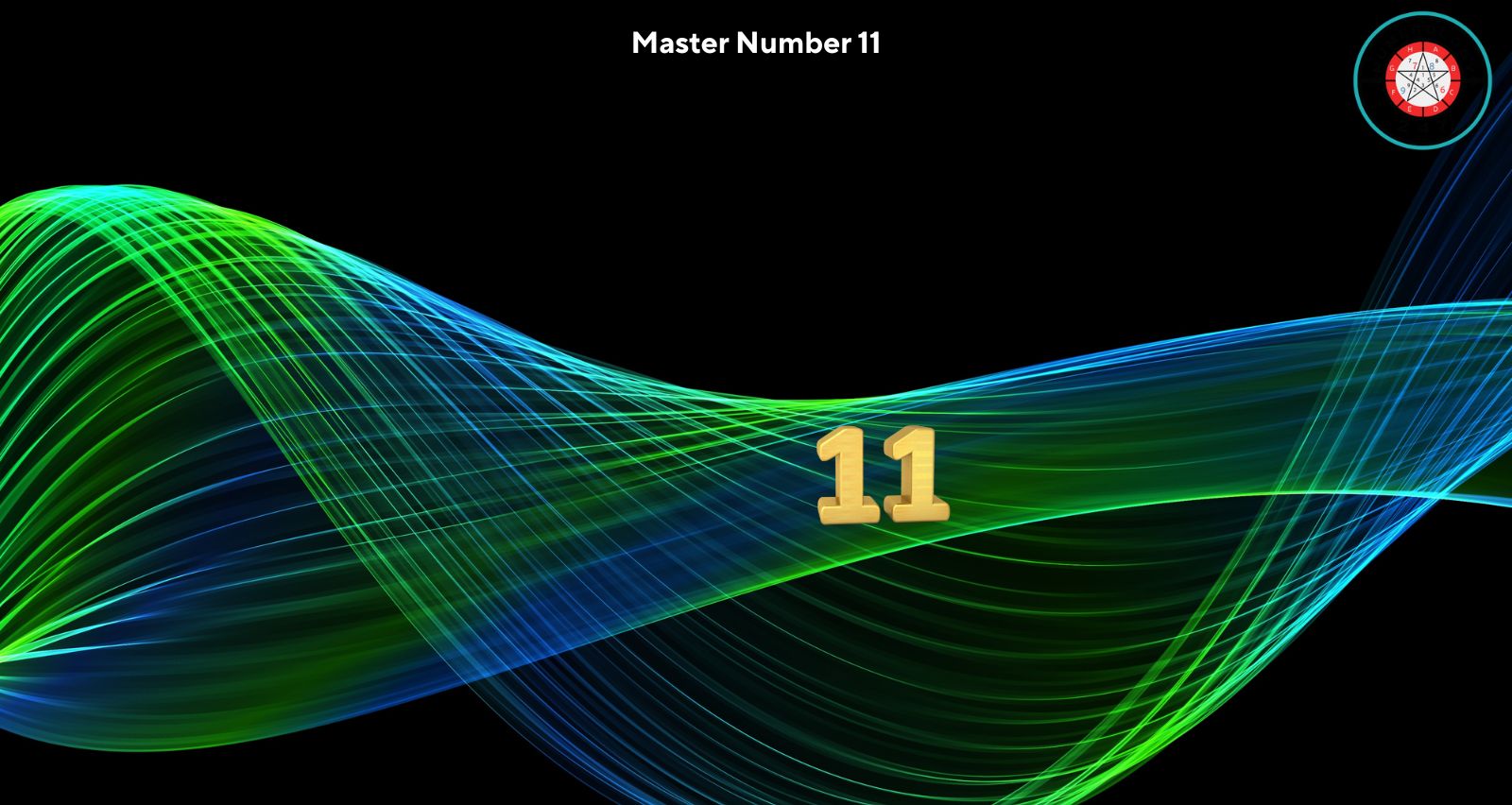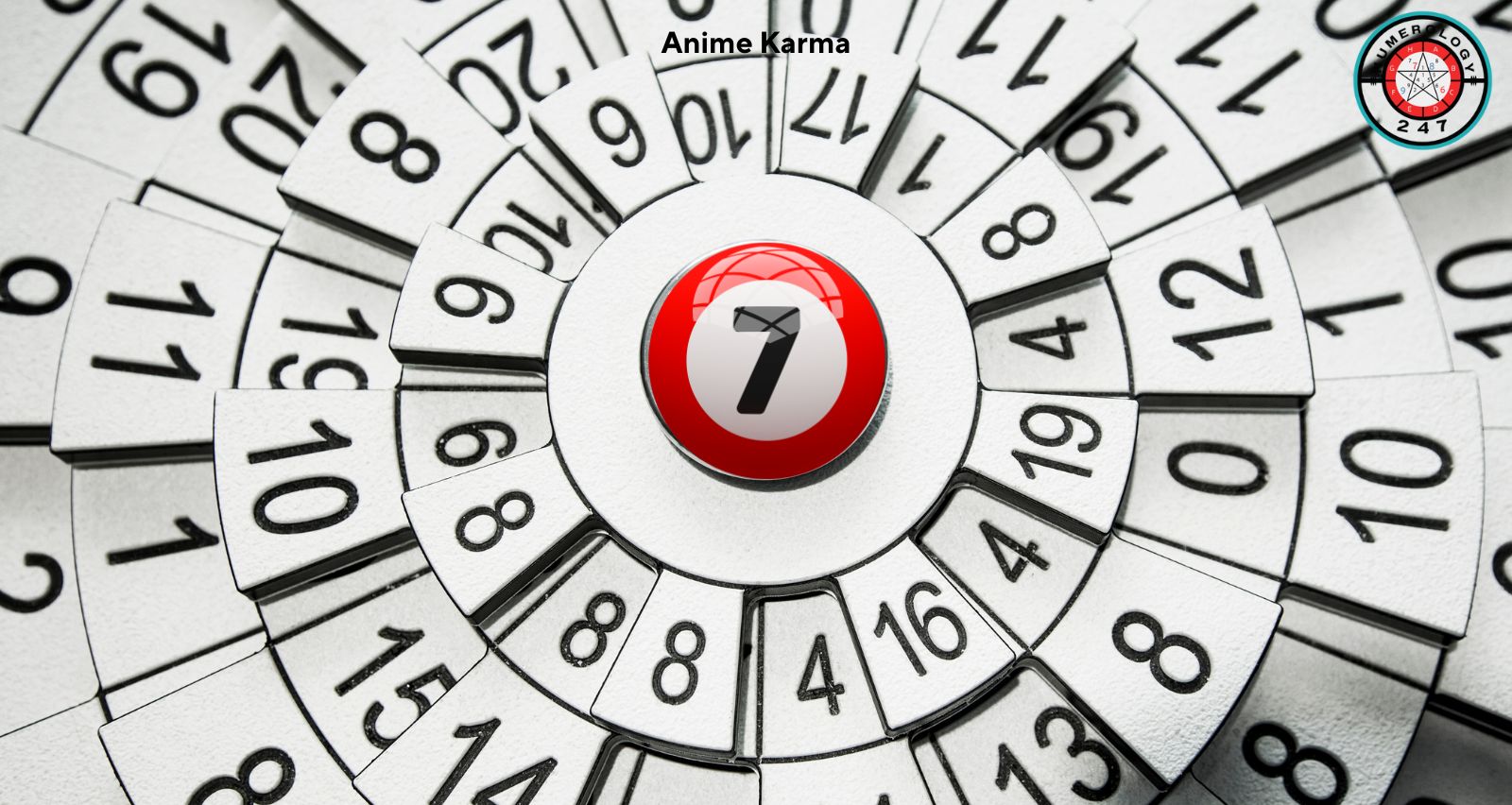
A Comprehensive Guide
Introduction
Romantic compatibility is a crucial factor in determining the success and longevity of a relationship. Whether you’re starting a new romance or evaluating an existing one, understanding compatibility can help you navigate challenges and strengthen your bond.
This article explores romance compatibility in detail, covering key aspects such as:
- Astrological Compatibility (Zodiac Signs)
- Personality Types (Myers-Briggs, Enneagram, etc.)
- Love Languages
- Communication Styles
- Emotional and Intellectual Compatibility
- Long-Term Relationship Potential
By the end of this guide, you’ll have a deeper understanding of how compatibility works and how to assess it in your relationships.
1. Astrological Compatibility (Zodiac Signs)
Astrology has been used for centuries to analyze romantic compatibility. Each zodiac sign has unique traits, and some signs naturally harmonize better than others.
A. The Elements and Compatibility
The zodiac signs are grouped into four elements, which influence compatibility:
- Fire Signs (Aries, Leo, Sagittarius) – Passionate, energetic, and adventurous. Best with other fire or air signs.
- Earth Signs (Taurus, Virgo, Capricorn) – Practical, grounded, and loyal. Best with other earth or water signs.
- Air Signs (Gemini, Libra, Aquarius) – Intellectual, communicative, and social. Best with air or fire signs.
- Water Signs (Cancer, Scorpio, Pisces) – Emotional, intuitive, and sensitive. Best with water or earth signs.
B. Most Compatible Zodiac Matches
- Aries + Gemini – High energy and excitement.
- Taurus + Cancer – Deep emotional and physical connection.
- Leo + Libra – Romantic and dynamic partnership.
- Scorpio + Pisces – Intense emotional and spiritual bond.
- Capricorn + Virgo – Stable and goal-oriented relationship.
C. Challenging Zodiac Matches
- Aries + Capricorn – Different priorities (adventure vs. stability).
- Gemini + Virgo – Communication clashes (analytical vs. spontaneous).
- Leo + Scorpio – Power struggles and jealousy.
- Libra + Cancer – Emotional needs may conflict.
While astrology offers insights, it’s not definitive—individual experiences vary.
2. Personality Types and Compatibility
A. Myers-Briggs Compatibility
The MBTI categorizes people into 16 personality types based on:
- Introversion (I) vs. Extroversion (E)
- Intuition (N) vs. Sensing (S)
- Thinking (T) vs. Feeling (F)
- Judging (J) vs. Perceiving (P)
Best Romantic Matches in MBTI:
- INFJ + ENTP – Deep intellectual and emotional connection.
- ENFJ + INFP – Harmonious and supportive dynamic.
- ISTJ + ESTP – Balanced (structure meets spontaneity).
Challenging MBTI Pairings:
- INTJ + ESFP – Different social and thinking styles.
- ISTP + ENFJ – Conflict between logic and emotion.
B. Enneagram Compatibility
The Enneagram identifies nine personality types, each with unique fears and desires.
Best Enneagram Matches:
- Type 2 (The Helper) + Type 8 (The Challenger) – Strong emotional and protective bond.
- Type 5 (The Investigator) + Type 9 (The Peacemaker) – Complementary introspective natures.
- Type 3 (The Achiever) + Type 7 (The Enthusiast) – Dynamic and goal-oriented.
Challenging Enneagram Pairings:
- Type 1 (The Perfectionist) + Type 4 (The Individualist) – Conflict over idealism vs. emotional expression.
- Type 6 (The Loyalist) + Type 7 (The Enthusiast) – Anxiety vs. spontaneity clashes.
3. Love Languages: How You Give and Receive Love
The Five Love Languages:
- Words of Affirmation – Compliments, verbal appreciation.
- Acts of Service – Doing helpful tasks for your partner.
- Receiving Gifts – Thoughtful presents as expressions of love.
- Quality Time – Undivided attention and meaningful moments.
- Physical Touch – Affection through hugs, kisses, and intimacy.
Compatibility Based on Love Languages
- If one partner values Quality Time but the other prioritizes Acts of Service, misunderstandings may arise.
- A Physical Touch person may feel neglected if paired with a Words of Affirmation partner who doesn’t express love physically.
Solution: Discuss and align your love languages to meet each other’s needs.
4. Communication Styles and Conflict Resolution
Healthy communication is the backbone of romantic compatibility. Different communication styles can lead to harmony or conflict.
A. Communication Styles in Relationships
- Assertive – Direct, respectful, and open (most compatible with other assertive communicators).
- Passive – Avoids conflict, struggles to express needs (may clash with aggressive types).
- Aggressive – Dominating, dismissive (creates tension with passive partners).
- Passive-Aggressive – Indirect, sarcastic (causes misunderstandings).
B. Improving Communication for Better Compatibility
- Practice active listening (repeat back what your partner says to ensure understanding).
- Use “I” statements (“I feel upset when…” instead of “You always…”).
- Schedule regular check-ins to discuss feelings and concerns.
5. Emotional and Intellectual Compatibility
Beyond personality and love languages, emotional and intellectual alignment is crucial.
A. Emotional Compatibility
- Do you both handle stress similarly?
- Are you comfortable being vulnerable with each other?
- Do you support each other’s emotional needs?
High Emotional Compatibility: Partners who validate each other’s feelings and provide security.
Low Emotional Compatibility: One partner is dismissive or overly critical of the other’s emotions.
B. Intellectual Compatibility
- Do you enjoy similar discussions (philosophy, politics, hobbies)?
- Can you engage in deep, stimulating conversations?
- Do you respect each other’s intellect even if interests differ?
High Intellectual Compatibility: Partners who challenge and inspire each other mentally.
Low Intellectual Compatibility: One partner feels bored or misunderstood in conversations.
6. Long-Term Relationship Potential
For a relationship to last, several factors must align:
A. Shared Values and Life Goals
- Do you both want marriage, kids, or a nomadic lifestyle?
- Are your financial habits compatible?
- Do you have similar religious or ethical beliefs?
B. Adaptability and Growth
- Can you both evolve together through life changes?
- Are you willing to compromise and grow as individuals?
C. Chemistry vs. Compatibility
- Chemistry is the initial spark (attraction, excitement).
- Compatibility is the ability to sustain a healthy relationship long-term.
Ideal Scenario: Strong chemistry and high compatibility.
Conclusion
Romantic compatibility is multi-faceted, involving astrology, personality types, love languages, communication, and emotional alignment. While no relationship is perfect, understanding these elements helps build stronger, more fulfilling connections.
Final Tips for Assessing Compatibility:
- Take compatibility quizzes together (MBTI, Enneagram, Love Languages).
- Discuss deal-breakers early (kids, marriage, lifestyle).
- Observe how conflicts are resolved – healthy resolution indicates strong compatibility.
- Trust your intuition – if something feels off, explore why.
